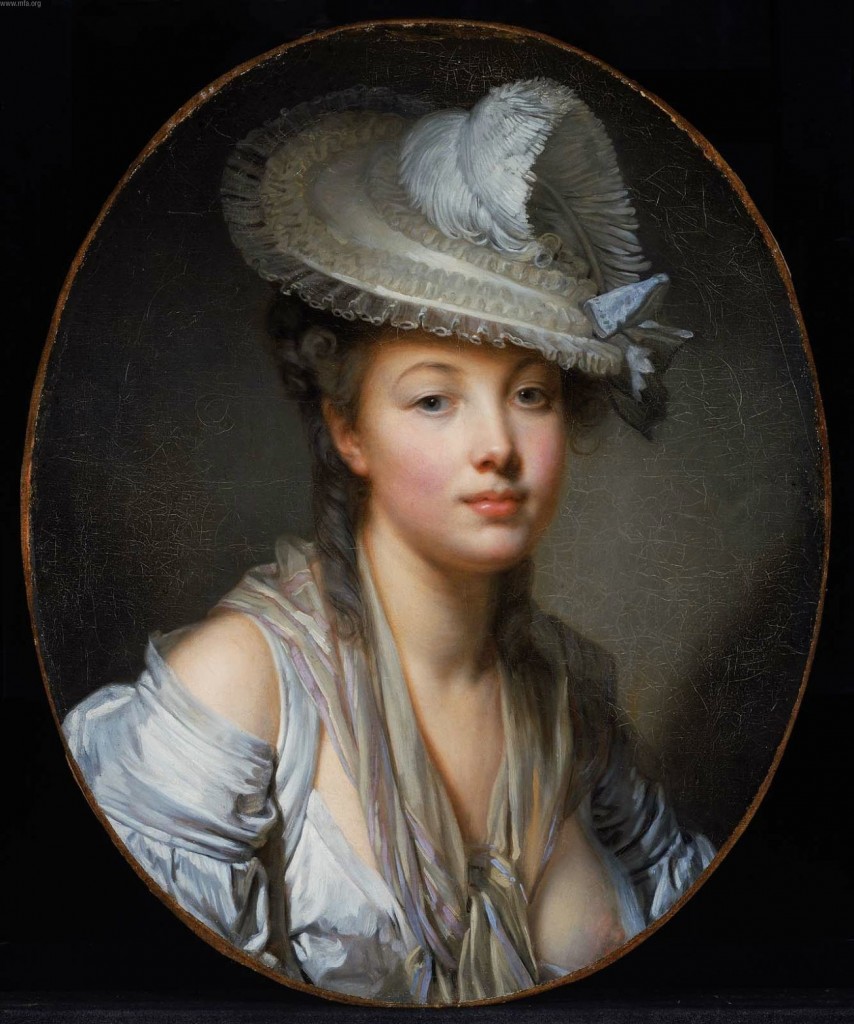Before colour is applied to a painting most oil painting artists will do a monochromatic under painting and apply the color on top of that. The coloring process usually begins with glazes, then goes on to applying opaque colour.
If the initial color of the underpainting is brown the painting is sometimes called a bruno or bistre painting, and if green then it is called verde or verdaccio, and if red it is sometimes called sanguine (meaning blood).
In all cases the monochromatic under-painting can be called a grisaille meaning grey but that word is usually reserved for paintings done with pigments with very weak color saturation (like actual black and white) resulting in actual grey.
Venetian Red is a pigment often used for an under-painting because its drying time is not too lengthy and it has a clay-like absorbent surface when dry which are both qualities very useful in an underpainting since a slow drying surface is frustrating and a slick surface, as we get from pigments like titanium white, does not take a new layer of paint well. (Because titanium white results in a slick surface it is best used in combination with a very absorbent pigment like Venetian Red as a mix of red and white to make middle tones first rather than applying red all over first and letting it dry and applying the white paint as an upper layer which would leave a layer of almost exclusively titanium white pigment in the middle tones and highlights which would be hard to paint on thereafter.)
For practice and as a demonstration I went ahead and did a freehand copy of the face in Jean-Baptiste Greuze’s – The White Hat (dated 1780 Anno Domini).
The master’s original work is shown first and then my Venetian Red copy which I created on a six inch by six inch canvas.
The sketch was done very quickly (about twenty minutes) without measurements being taken. Then immediately brush work started eyeballing the distances and working freehand through the entire process correcting as I went with paint. I used a small brush and sat three times (if I remember correctly) to get to this point.
The hat still needs some work and the copy is not all that accurate, but I like the image nonetheless. I am not certain if I want to add colour to it or not since I like it in red.
Before adding colour it is important to varnish the painting, although it is not absolutely necessary. We varnish at this stage because the clay like pigment is still very absorbent and the white a little slick and the varnish helps to mediate between those extremes and gives a good bed into which the next layer of paint will sit. Also since the surface is rough (sanding a painting is not something I recommend since any remaining grit can damage your brushes although it is a practice of many masters) glazing might take a little effort unless the painting is sealed a bit better. Varnishing a painting helps to protect it as well so if the painting is to be finished as is in a monochromatic scheme it is a good idea to varnish the painting at this stage in any case. But again, it is not absolutely necessary. Be aware however that dammar varnish has an odor that is somewhat strong as it contains turpentine or other spirits of some sort. If these bother you a very light coat of linseed oil works as a substitute, but will not dry as quickly (may take a full week or two to be dry) and serves as an inferior bed for the next layer and it does yellow (however I do not object to that effect at all).
I decided varnish the painting but I did this after I photographed it (a good idea since any gloss makes a painting difficult to photograph).
I used Winsor and Newton’s Dammar Varnish. It dries to a tack very fast so you have to work quickly if you don’t modify it, but a very light coat is all that is needed and this was a small painting so I just used a little straight from the bottle on the brush.
Brushing on the varnish with a cheap, but adequately sturdy, synthetic brush is best since the varnish is a bit difficult to clean from your brushes. An Ivory soap bar and water will work, but you have to clean it quickly after you use it and use a lot of soap and clean it very well. Odorless mineral spirits will work best for cleaning the brush and you can follow up with soap. For my odorless mineral spirit I use Gamblin brand Gamsol because it is more odorless than any of the others I have tried. Be aware though, the smell makes many people very sick nonetheless.
When varnishing working the brush over the surface until it gets tacky will give you a semi-gloss, rather than full-gloss finish and prepares the painting for the next layer better if more work is to be done thereafter. It takes about two days to dry entirely, but will probably be dry to the touch in about a day if you only apply the correct amount, which is very little, and no more.



